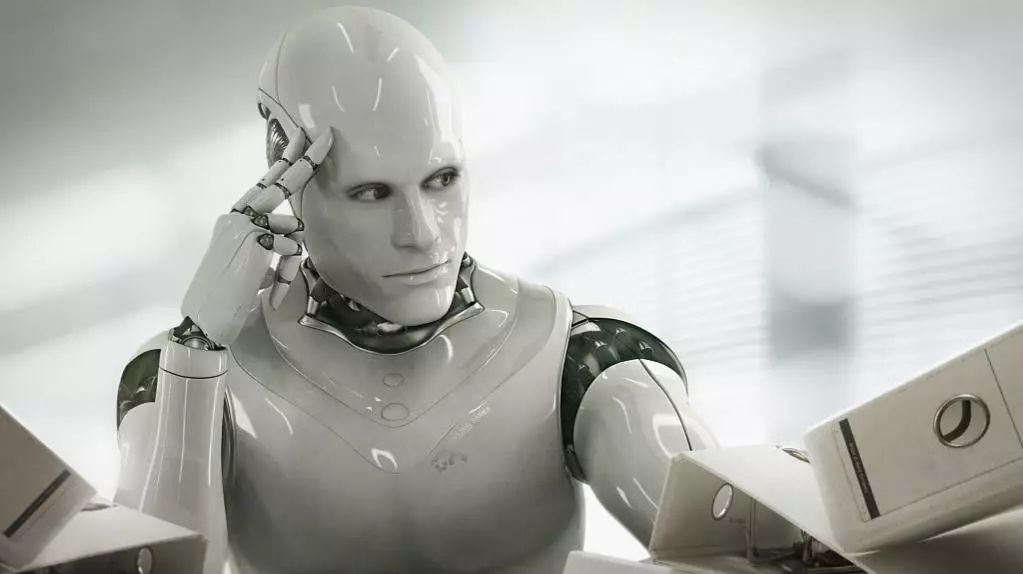
If you have had the fortune of purchasing home appliances branded as “internet smart home” in the past two years, you should be aware of their “dumb” aspects: whether it’s the voice interaction that can’t understand human language or the smart recommendations that are hardly usable, it leaves people with many questions.
Tech podcast host Rio from “IT Public Opinion” once mentioned in a show that he tries to avoid products with the word “smart” in them when buying appliances to reduce trouble. This situation indicates that the “intelligence” in homes is misplaced; it is not smart for the sake of “people” but rather just smart for the sake of being smart.
This situation is primarily the fault of the main drivers of smart devices—the internet companies and their business models, which view users as part of the product. While this lowers prices, it sacrifices user experience.
The Internet’s Ambition for Smart Homes
Lucy Kellaway, a columnist for the Financial Times, once introduced a smart clothes peg in her article “Is Smart Technology Making Us Stupid?”:
This might be the most boring smart gadget in history. Peggy, currently being tested by Unilever in Australia, is a plastic peg that contains a thermometer and a hygrometer, capable of sending a message to your phone saying, “Hi, Lucy, clouds are coming, let’s dry the clothes tomorrow.”
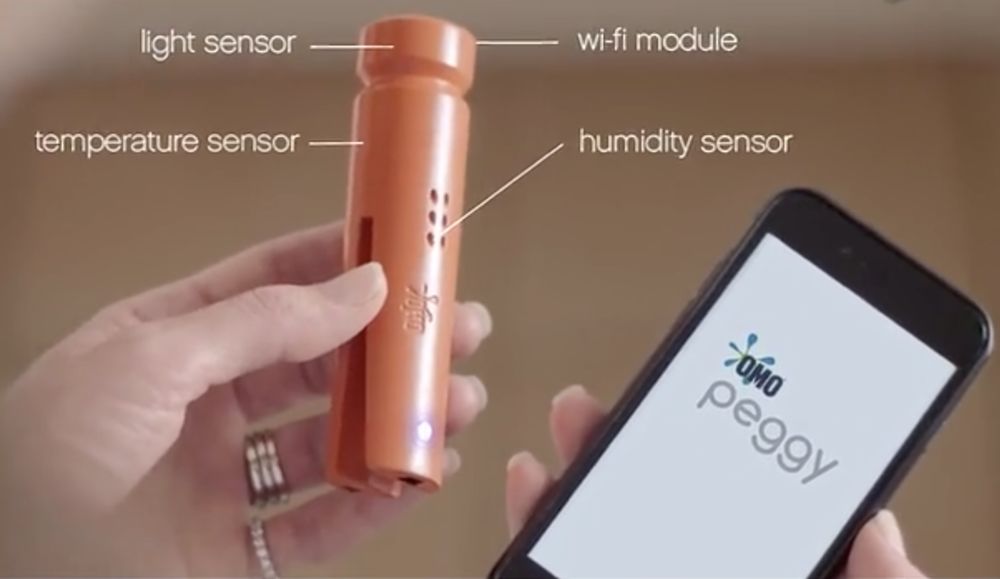
*Image Source: Internet
The company grandiosely claims that Peggy will allow parents to spend more time with their children. This makes no sense, as the main reason parents cannot accompany their children is not because of collecting clothes on rainy days—but because they are constantly staring at their smartphones.
Lucy Kellaway sarcastically critiques these smart products: when smart technology that reminds people to zip their pants has found a business model, we have become a blind crowd worshipping technology.
Fairly speaking, many startups have ruined the “smart” label due to insufficient technical strength and lack of foresight. Let’s see how a flagship internet company, Google, has done:
In 2014, Google acquired Nest, a leading startup in the smart home industry, for $3.2 billion, hoping to build a Google-style smart home ecosystem centered around the Nest thermostat.
However, the final results were disappointing; Nest’s products, both the thermostat and cameras, fell into a state of acclaim without sales, and its smart home platform plan came to an end. Eventually, Google had to change its approach and restart the entire smart home plan with the Google Home speaker.
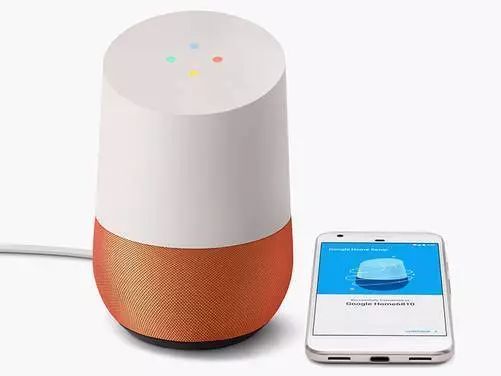
Google Home Speaker
*Image from Internet
Inherited New Intelligence
The public indeed had a fervent belief that the internet could change everything. Just a few years ago, it seemed that any hardware product that incorporated “internet thinking” could instantly undergo an “ecological transformation.”
However, in the past two years, people have begun to believe that for some products requiring specialized technical accumulation, the experience brought by internet companies is far inferior to that of some manufacturers with decades or even hundreds of years of history. The most typical examples are cars and home appliances. The reason is simple: these frequently used items have a lot of fragmented but long-term research-required technical details, and because these products are replaced slowly, many details cannot be updated using the “iteration” method familiar to internet companies but need to be resolved in one go.
Thus, manufacturers like Mercedes-Benz, Dyson, and Whirlpool, which have expertise, although slightly more expensive, have a stronger reputation for product intelligence. It is precisely because these intelligent settings are based on a century of inherited understanding of consumers, rather than for advertising purposes.
For example, the “True One-Button Start” function on Whirlpool’s latest flagship series of washing machines may not seem special at first glance: one-button start has long been a standard feature of washing machines, and a physical start button that can be turned looks unrelated to intelligence—who doesn’t have a large touchscreen in today’s smart washing machines?
However, most washing machines’ “one-button start” can only start in the default mode. When the motor starts and the drum rotates, can the clothes be cleaned?
Many young people may not realize how troublesome washing clothes with a washing machine can be.
Searching “how to wash clothes in washing machine” on YouTube will show various tutorials teaching you how to use a seemingly foolproof washing machine. These include how to wash special materials: silk, cotton and linen; how to wash different items: shoes, blankets; and many unexpected things, such as how to disinfect various parts of the washing machine, how to sort for drying, etc.
In reality, many “one-button starts” lead to results such as clothes not being cleaned, damage and deformation, and detergent not being rinsed clean. The convenience comes at the cost of clothing wear and personal health.
Whirlpool’s “True One-Button Start” aims to change this situation, so after placing clothes and pressing one button, the washing machine doesn’t start immediately. Instead, it automatically recognizes the function, confirms the weight and material of the clothes, and matches the corresponding water temperature, washing duration, and mechanical force to achieve the best washing effect.
Then, the machine will dispense the appropriate detergent based on the previously analyzed results, and will use circulating spray technology throughout the washing process to fully dissolve the detergent, preventing residue. After this step is completed, rinsing truly begins, and the internal circulation pump will continuously run to achieve the best rinsing effect with a certain amount of water.
In the last rinse, the washing machine will activate the antibacterial mite function, generating ozone through a built-in ozone generator to remove E. coli and Staphylococcus aureus, which often remain on clothes. During the subsequent spin-drying process, secondary sterilization will also be conducted.
By the way, if you forget to dry the clothes after washing, the washing machine will automatically rotate for 10 seconds every 4 minutes to shake the clothes and prevent wrinkling.
Each of the above steps may seem insignificant, and many washing machines omit these functions, which ordinary people may not notice. But those who pursue quality of life will definitely care.
Common “intelligent” features are also present in Whirlpool washing machines, such as voice control and operation via a mobile app. However, compared to that, “getting the clothes clean” is the real need, and achieving it by just pressing a button is the true embodiment of intelligence.
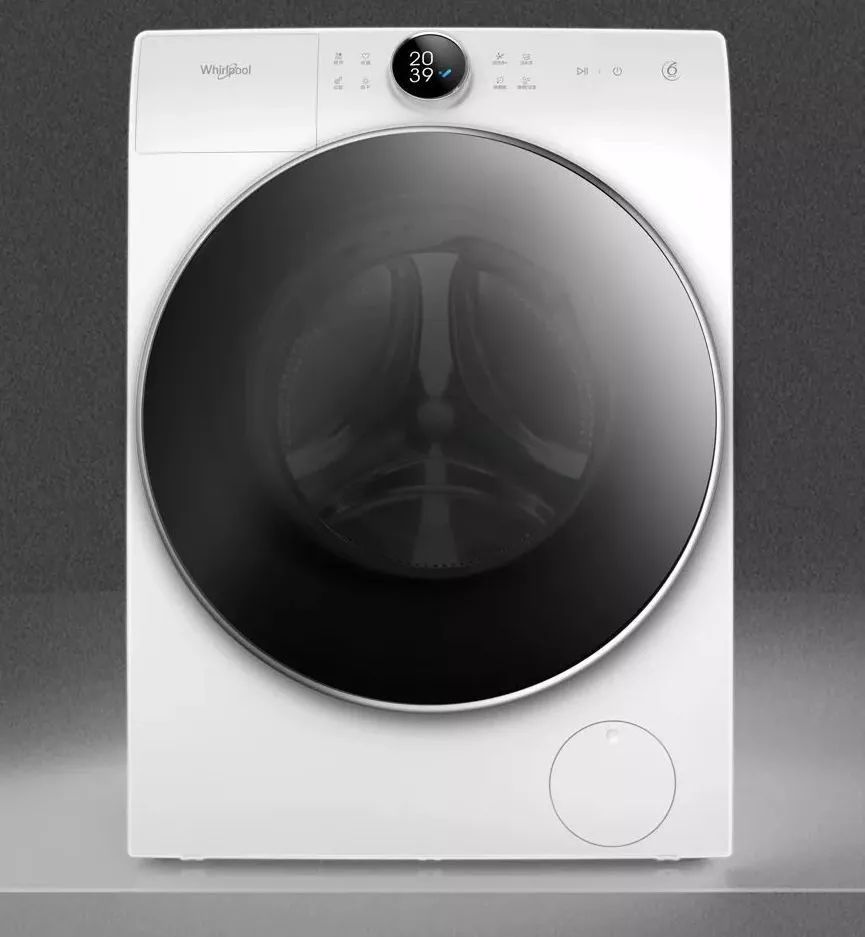
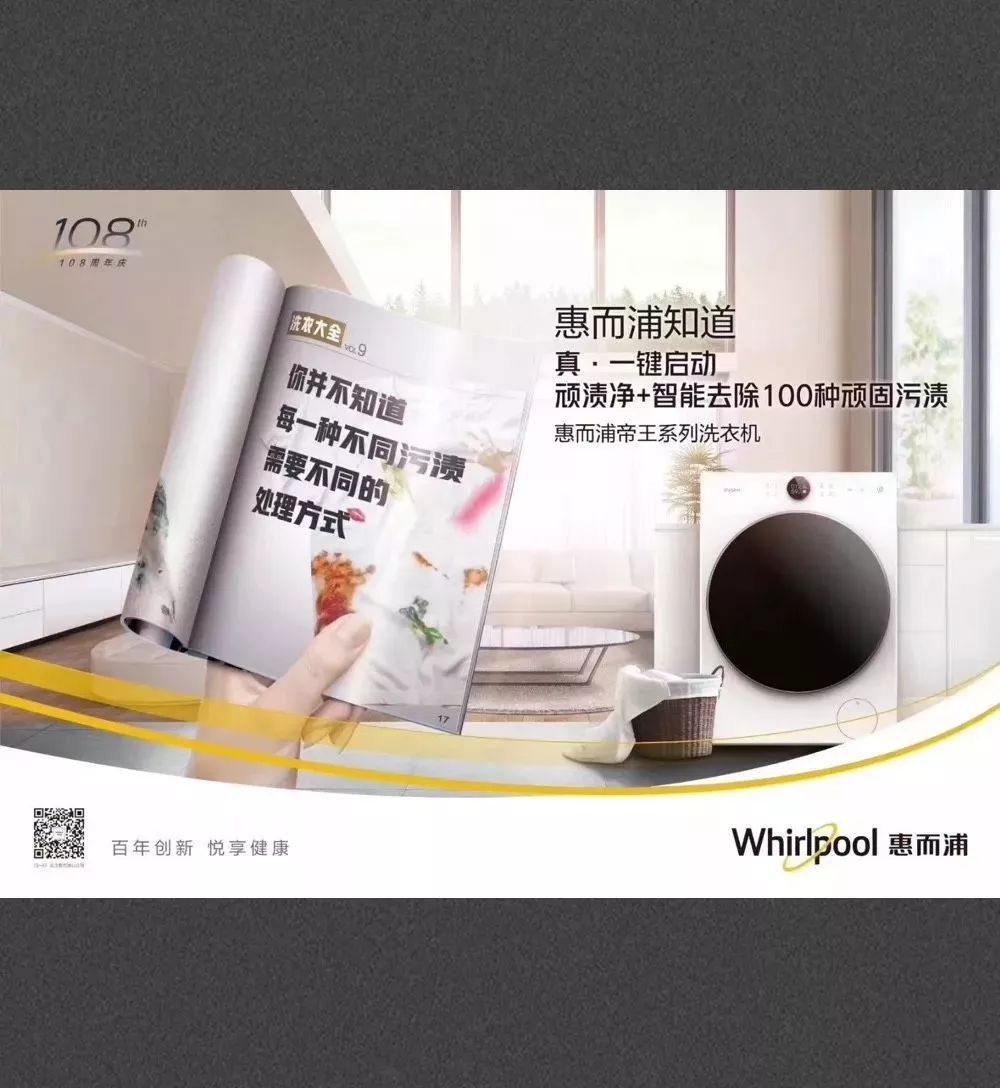
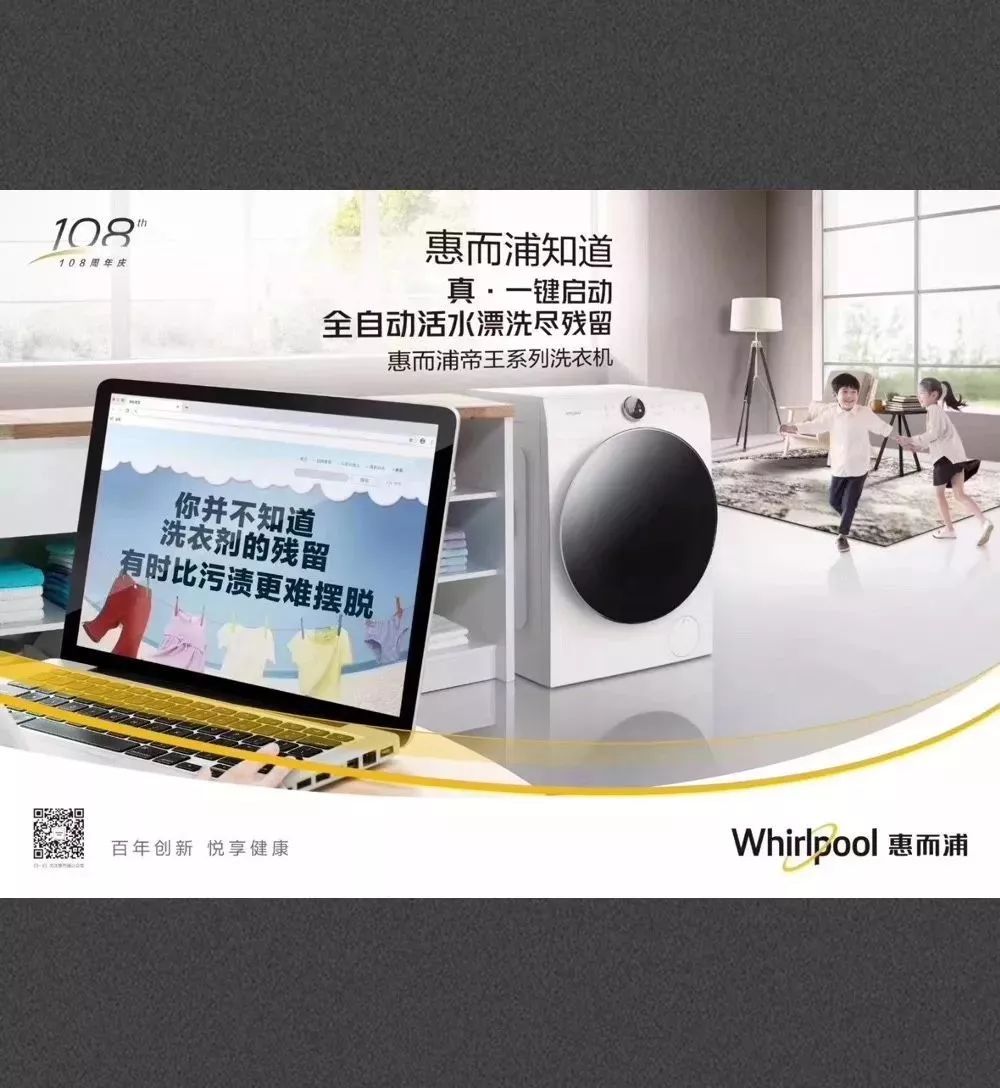
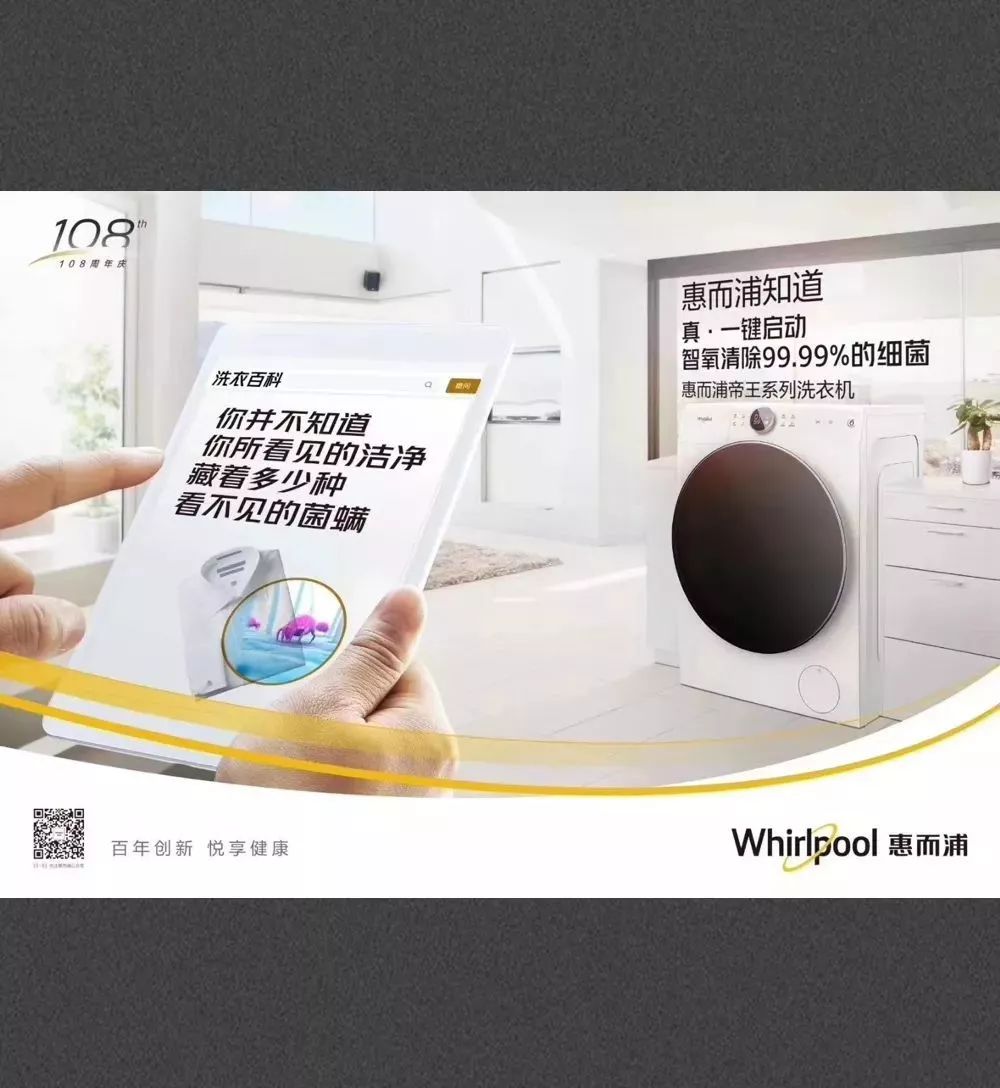
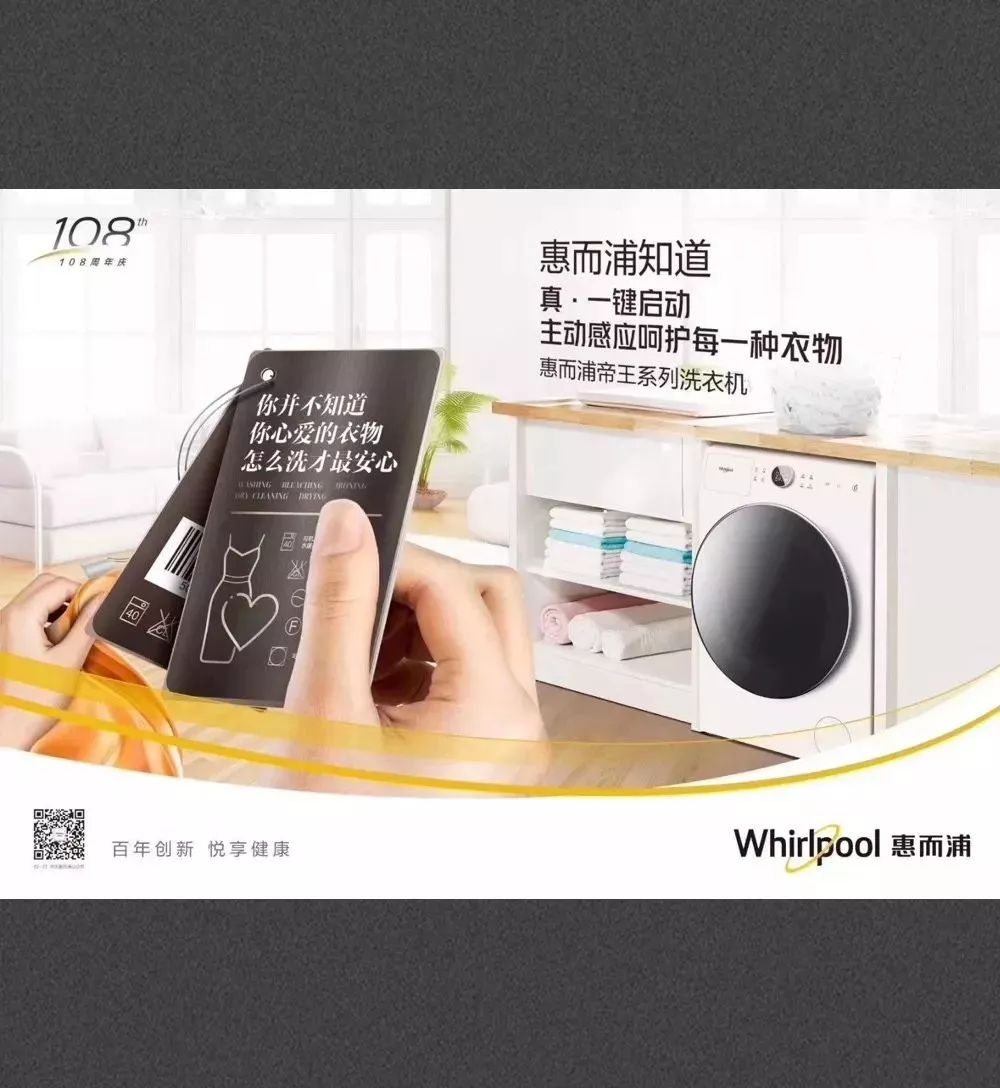
<< Remember to swipe left and right >>
Similar to Whirlpool washing machines, products like Dyson vacuum cleaners distribute the weight of the suction head near the grip to improve comfort during prolonged use, and Mercedes-Benz adjusts the brightness of headlights in real-time through smart cameras. These designs have received widespread praise from consumers—not advertisers. They all prove that true intelligence should not be confined to visibility but should be something that can be genuinely obtained through experience.
Whirlpool, a global leader focused on white goods, is creating some internet-style intelligence: selecting various modes in the app, voice recognition, etc. But they know these are “One more thing.” For users purchasing washing machines and similar products, the real need is still a mechanically well-designed machine that cleans clothes, just like Whirlpool’s flagship washing machine series. All intelligence serves people, so we must always return to that fundamental question:
Does it improve my life? For Whirlpool, the answer is undoubtedly clear.
Special Planning
Click to read the original text for more information